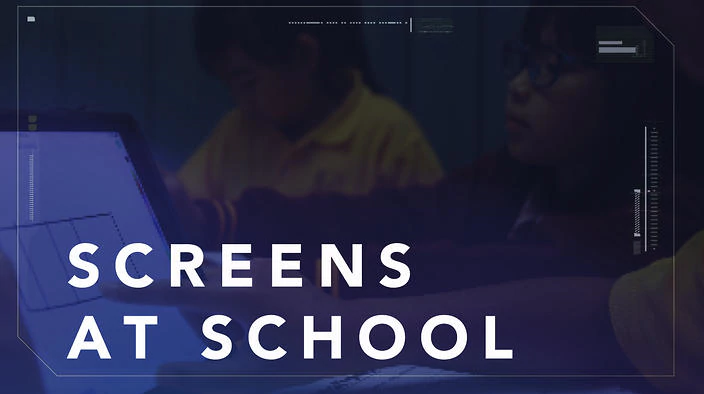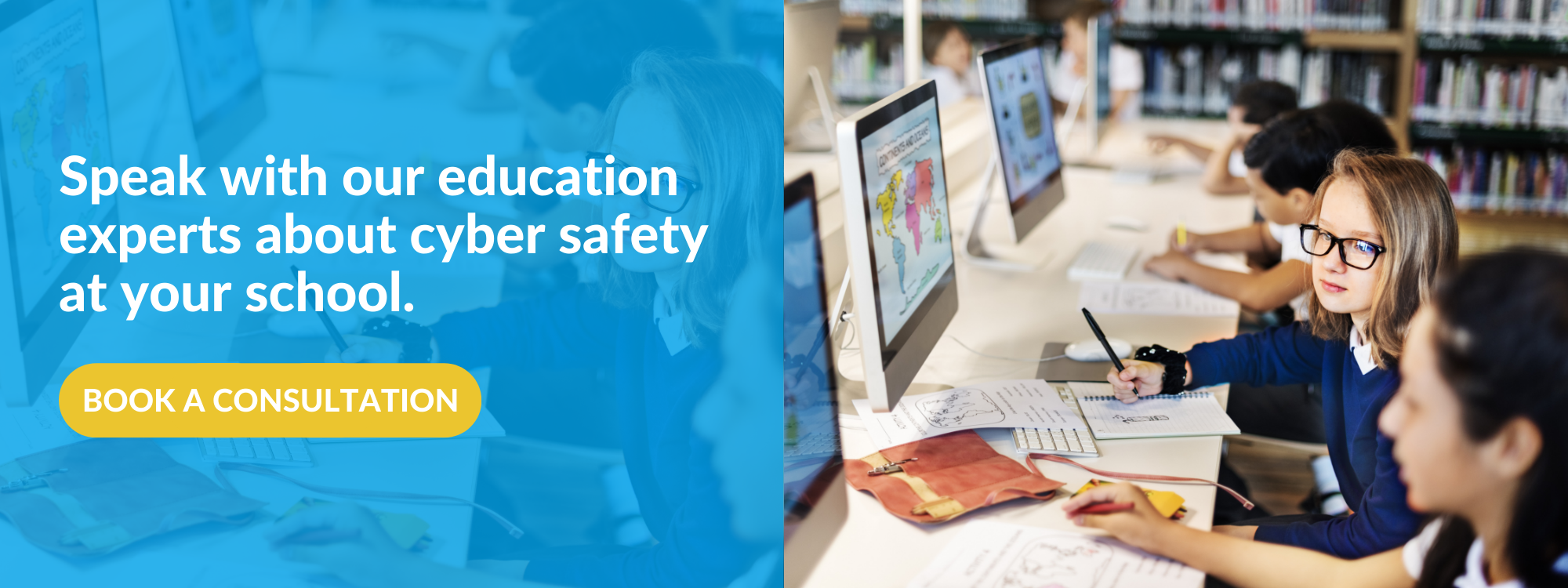Screens in schools: Good for learning - or good for nothing?
July 20, 2019

There are so many conflicting opinions and so much conflicting research out there. When even the experts are at odds, it’s hard for teachers and parents to know what to think.
For starters, what exactly do we mean by “screens”? Online learning, project-based learning, game-based learning, interactive whiteboards, desktops, laptops, tablets, smartphones?
Screens, in other words, ain’t screens - and each variety comes with its own strengths and weaknesses as a learning device.
And if screens come in many shapes and sizes - how about the kids who use them, or the purposes they use them for? BYOD and 1:1 programs in Australian schools often begin as early as pre-primary, and extend right up to Year 12.
Technology may be used to introduce counting or calculus, the rudiments of literacy or the fine points of literary criticism. No wonder it’s so difficult to generalise about its impacts.
Nevertheless, some clear findings have emerged. Today we examine the research that highlights the drawbacks.

"Of course you can't compete with the internet!"
Emily Hehir, teacher, speaking on SBS Insight
HOW SCREENS FAIL
Increasing distraction
There’s a reason BYOD programs are sometimes cynically referred to as “Bring Your Own Distraction.” With students increasingly bringing their own internet to school as well, in the form of personal smartphones, the problem of social media distraction has become acute. And even when schools use filters to block social media, students move to hotspotting their own data.
The reason kids find such apps so compelling, says Linewize cyber expert and child development specialist Dr. Kristy Goodwin, lies in the neurotransmitter dopamine, the brain chemical associated with pleasure and reward. “Getting likes on Snapchat, Facebook or Instagram will give the brain dopamine hits,” she explains. It’s a chemical reward teachers simply can’t compete with. “No matter how competent and engaging and dynamic the teacher is, it's no match for what's going on, on the screen.”
“Neuroscience also shows us another difficulty,” Dr. Kristy adds. “When we're online, particularly on our phones, we enter something called the state of insufficiency. We never, ever feel done. We never, ever feel complete.”

"Having firm boundaries will help kids with their self-regulation."
Dr. Kristy Goodwin, on SBS Insight
Creating “surface pro” learners
The age of internet has ushered in an epidemic that some researchers are calling “infobesity” - where kids have more and more information at their fingertips but less and less capacity to forge connections and generate meaning. Where “Googling stuff” takes over from in-depth exploration, in other words, learning suffers. The ease with which students cut-and-paste chunks of information can produce the illusion of knowledge without any real depth of understanding. It can also increase the temptation to plagiarise and cheat.
Impairing vision
Do our kids really need more time in front of screens? Some researchers advocate keeping classroom screen-time to a minimum to compensate for over-use outside of school. One of the impacts they point to is the increased incidence, all over the world, of myopia or short-sightedness - in the US, for example, short-sightedness has increased by 25-50% among young adults in the past 50 years.
Screen-time doesn’t impair vision directly, a recent Australian study showed, but as a result of what researchers called the “displacement effect” of more time spent indoors, in artificial light.
Explains Dr. Kristy, “When children are out in sunlight the eye produces dopamine and that stops the eye from elongating which in turn causes myopia. If our kids are spending huge amounts of time on screens, then they're often not getting time out in natural sunlight and natural sunlight is what the eye needs to develop,” Kristy says. (To be fair, sitting inside reading books has exactly the same impact!)
Reducing learning outcomes
Australia's results in reading, mathematics and science have been declining for over a decade, while the presence of classroom technology has increased significantly.
That’s not a cause-and-effect relationship necessarily. Yet the research examining the impact of technology on students’ academic performance does present a thoroughly mixed bag. While modest improvements have been recorded in a number of studies, one recent review reported in Education Next found that that allowing any computer usage in the classroom actually reduced students’ average final-exam performance. Other research has reported similarly underwhelming results for technology-assisted student learning.
Devaluing the role of teachers
Initiatives that start with technology, rather than teaching, almost always fail. Yet the enthusiasm to adopt device-assisted learning can obscure the critical importance of quality teaching to produce quality outcomes. Interestingly, recent European research on the performance of 15-year-olds found that, in some cases, adding one teacher computer per classroom had more than 10 times the impact on improving educational performance than adding a student computer to that same classroom.
It's not all bad news though, we’ve covered the research showing the positive impacts of screens in schools - and there’s plenty of it- here
In the meantime, check out the SBS Insight program “Screens in Schools” via SBS On Demand, featuring Linewize cyber expert Dr. Kristy Goodwin and a fascinating studio audience of school leaders, teachers and students.
At Linewize solutions, we empower schools to maximise the benefits of digital learning, while minimising the risks and eliminating distractions. Our cloud-based technology can even manage students’ personal smartphones at school - and parents can opt in to do the same at home.
Topics: screens in school, classroom management, digital learning, EdTech
Would you like some more information? Or a demo?
Get in touchSubscribe to our newsletter
Popular posts
Recent posts
What Student Digital Risks Can Your School Expect in 2024?
Helping Australian Schools Better Safeguard Students This Academic Year
Navigating harmful content online: A guide to managing children’s exposure to distressing content online
In light of current international events, young people may come into contact with distressing online content. This article has been written ...
Safer Internet Day 2023 - Easy ways schools can get involved
Tuesday, 7th February 2023, is Safer Internet Day, an excellent opportunity for your school to educate, inspire and empower your students ...
